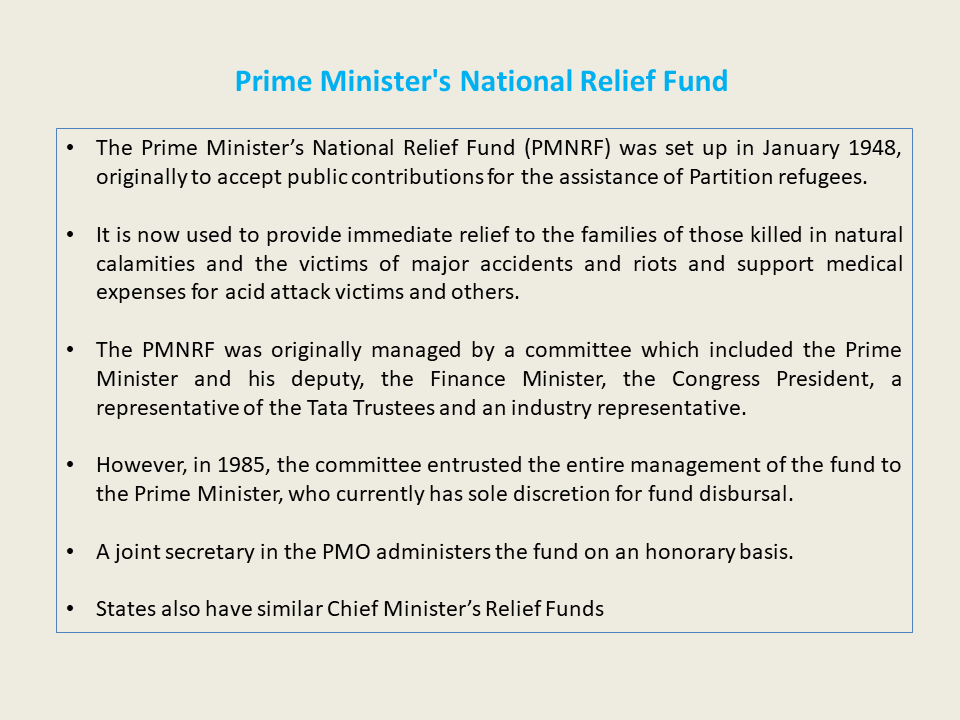Meghalaya Enterprise Architecture Project (MeghEA)
Ministry of Electronics & IT
Context:
Meghalaya Enterprise Architecture Project (MeghEA) launched today
About MeghEA:
- The initiative launched by Union Minister of Electronics & Information Technology and CM of Meghalaya.
- The MeghEA initiative is spread across 6 pillars i.e.
- Governance,
- Human Resources,
- Entrepreneurship,
- Primary Sector,
- Infrastructure and Environment
- The project envisions to make Meghalaya a high income state by 2030.
- The project aims to improve service delivery and governance for the people using power of Digital technologies.
- The initiative is in line with Prime Ministers vision of Digital India that focuses on transforming the lives of common people.
- National e-Governance Division(NeGD), MeitY engaged with the Meghalaya State Government to build State Government capacities and initiate the project. Funds amounting to Rs. 5 crores were sanctioned for the following MeghEA project activities-
| Sl. no | Item | Status |
| 1. | 5 state-level Sensitization Workshops and 15 District Level Workshops | On-going |
| 2. | Capacity Building & Training at State and District level for Nodal Officers | On-going |
| 3. | Architecture Scope and Vision Document and Finance Solution Architecture | Done |
| 4. | Detailed Architecture Requirements Document | Done |
| 5. | Architecture Blueprint Document & PMU support | WIP |
| 6. | Adoption of Meghalaya Enterprise Architecture in Finance Department | On-going |
MeghEA was conceived to support the following digital government goals:
- A planned state government transformation initiative which demands efficient coordination between strategies, policies, processes, services and organizational capacity to absorb change.
- Coordinate all ICT initiatives under one umbrella to get a better holistic perspective, boost IT planning effectiveness and optimize costs and investments for better returns.
- Implement and ICT enable state government process reengineering to provide multi-channel service delivery in a manner that increases digital take-up and completion rates.
- Ensure that state government applications and systems provide end-users with information they need to make decisions and influence government operations.
- Craft an ecosystem for the digital economy to boost shared prosperity, by leveraging ICT for employment and growth.
Envisaged impact of the project MeghEA –
- Preparation of a vision and roadmap to achieve the MeghEA vision (including SDGs adopted by the State)and mission levers – Connect (connected citizen connected government), Collaborate (efficiently collaborating government) and Empower (digitally enabled citizens).
- Adopting the approach of radical transformation and focuson process re-engineering of the department processes.
- Interoperability among various public, private and governmental applications leading to a connected ecosystem to foster innovation and promote secure data sharing.
- Improved and integrated deliveryof Financial services.
- Appropriate adoption of national platforms i.e. Aadhaar, Umang, DigiLocker, NCoG, eSign etc.
India Enterprise Architecture (IndEA):
- IndEA is a framework for developing a holistic architecture treating the Government as a single enterprise or more realistically, as an Enterprise of Enterprises, which are functionally interrelated.
- It is a structured combination of several Reference Models that, together, enable a boundary-less flow of information across the length and breadth of the government and facilitate the delivery of integrated services to the stakeholders, namely, the citizens, businesses and employees.
- IndEA framework comprises 8 Reference Models, viz., Business, Application, Data, Technology, Performance, Security, Integration and Architecture Governance.
- It is a comprehensive and convenient framework for developing Enterprise Architecture to support Information and Communication Technology (ICT) enabled transformation across governments.
- It is a way to establish Unity in Diversity in the domain of e-Governance.
- Federated Architectural Pattern is chosen for the IndEA framework for better administrative feasibility, need for decentralization of implementations, on-boarding of legacy/ ongoing efforts of e-Governance and above all, the need for state governments to have the flexibility to build state specific ICT services.
Benefits of IndEA:
- Provide a ONE Government Experience to the citizens and businesses.
- Enhance the efficiency of delivery of services.
- Improve the effectiveness of implementation of the developmental and welfare schemes through a holistic performance management.
- Enhance the productivity of employees and agencies through easy access to information.
- Bring in flexibility and agility in making changes to the systems to align with the best practices and to leverage the latest technologies.
- Realize cost-effectiveness through use of shared infrastructure and services.
- Maintain the right balance between security of data and privacy of personal information.
Source: PIB
You can find many articles on Infrastructure and Industry (part of GS III) in our website. Go through these articles share with your friends and post your views in comment section.



